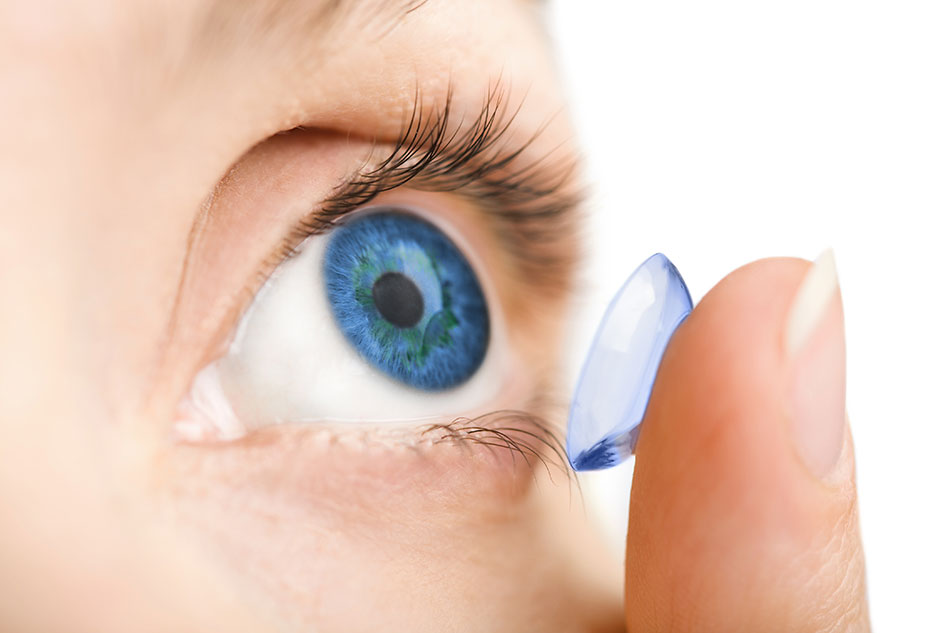Human eye lenses contain proteins called crystallins. These protein molecules have a high refractive index. They also contain large sulphurous and aromatic residues. They absorb ultraviolet rays. The proteins in the lens are all members of the crystallin superfamily. This structure is formed during the lens’ development. During the first month of development, the lens is surrounded by the hyaloid artery. By birth, this artery and its related vasculature disappear. This region of the cornea, known as Cloquet’s canal, marks the former location of the hyaloid artery.
The main function of eye lenses is to focus light on the retina. To do so, the lens works with the cornea to bend and refract light. An adult lens is approximately 10mm across and four millimetres long. The lens varies in size as the focus changes. For more detailed information, consult an ophthalmologist. They can prescribe the right prescription. Further, contact lenses are another popular option for treating eyesight problems.
The lens plays a vital role in vision. It helps maintain a refractive index while concentrating light on the retina. It achieves this by eliminating cellular structures. Its fibre cells are highly concentrated in crystallin proteins, and the corresponding membranes degrade all organelles and large cell structures. The bulk of the lens has no blood supply, cellular structures, or metabolic activity. The lens is not susceptible to water, thus it is not likely to absorb moisture from the surroundings.
Age-related changes in protein levels in the lens are a major cause of cataract formation. These proteins are responsible for the transparency and refractive index of the lens. This is why the lens is important for vision, and its shape can be altered to correct vision problems. The most common prescriptions for corrective lenses are in combination with a variety of other medications to ensure that the patient is able to see clearly. For further details, please contact an ophthalmologist.
In addition to a lens’s shape, the structure of the lens also affects how light reaches the retina. As the focal distance of the eye changes, the lens changes with it. Its shape and structure change as time passes. Changing the lens’s size, composition, and orientation can change the way the lens focuses light. It is vital for the health of the eye. The most suitable material depends on your vision, age, and environment.
During its development, the lens contains protein crystallins. These protein crystallins can vary in size and are related to the formation of cataract. They are expressed in high concentrations in lens fibre cells. The protein structures in the lens are biconvex and can be monomer, dimer, octomers, a-crystallin, or even 60-mers. They are arranged in different layers.






